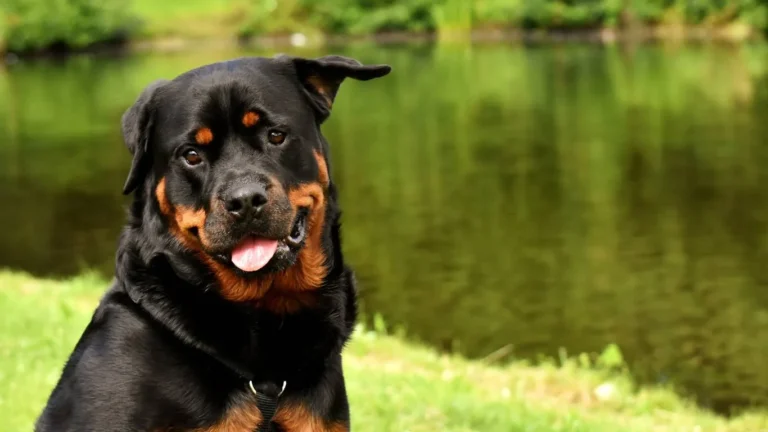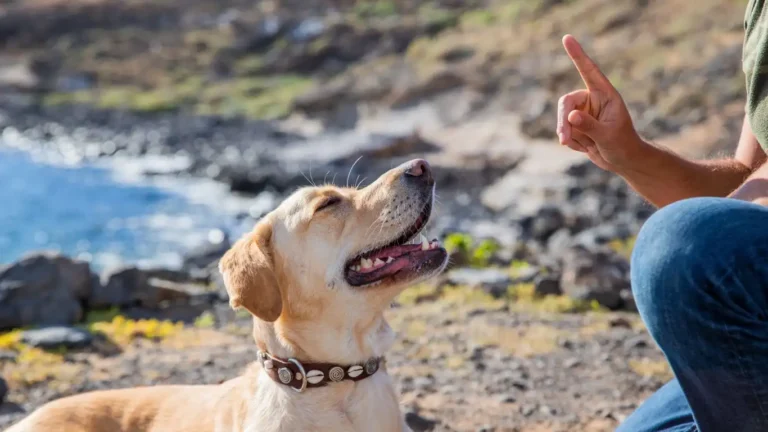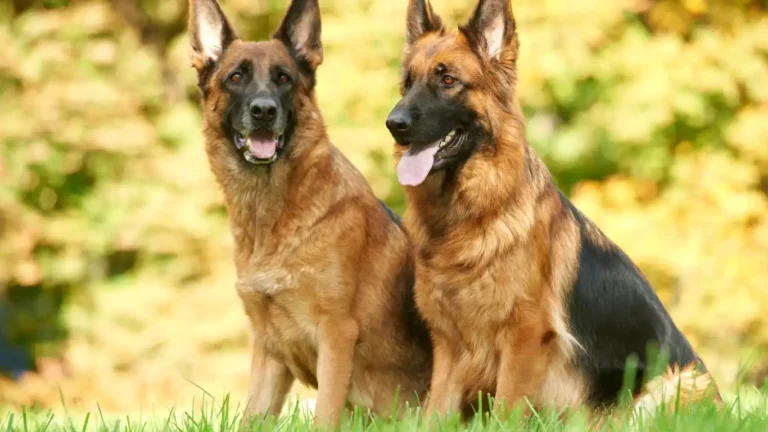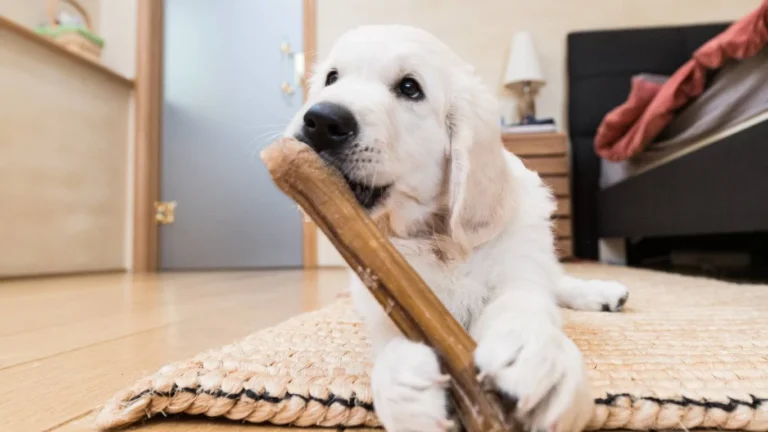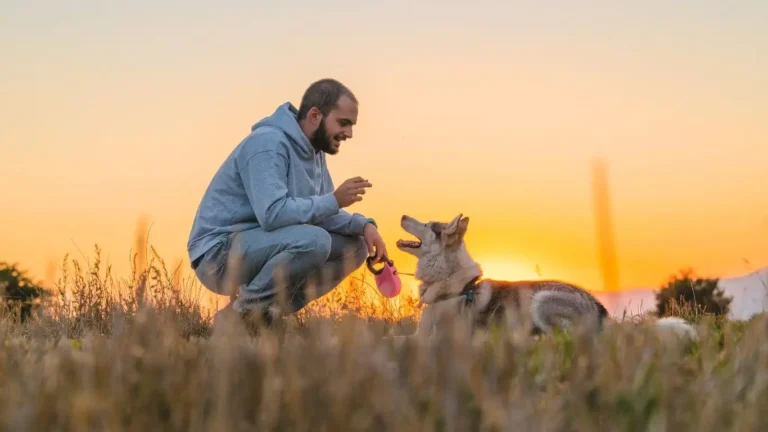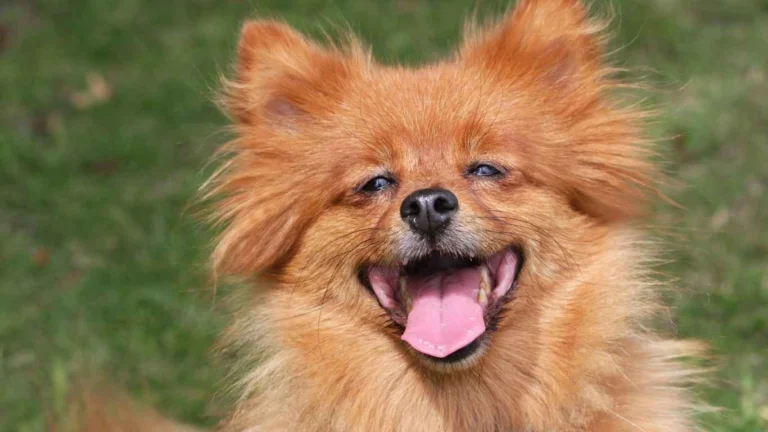How to Train a Dog to Stop Excessive Licking Fast and Effectively
Ever found yourself wondering how to train a dog to stop excessive licking? You’re not alone. As someone who’s worked for years as a Canine-Assisted Therapy Trainer, I’ve seen more than my fair share of drool-covered hands and faces—sometimes even eyeglasses and shoes weren’t spared. While some folks find it adorable, constant licking can actually become problematic. Whether it’s driven by anxiety, boredom, attention-seeking, or just plain habit, this behavior can wear thin over time—on your nerves and your furniture. Let’s talk about what’s really going on when your dog turns into a lick machine, and what you can do to help them cut it out in a gentle, positive way.
Understanding Why Dogs Lick Excessively
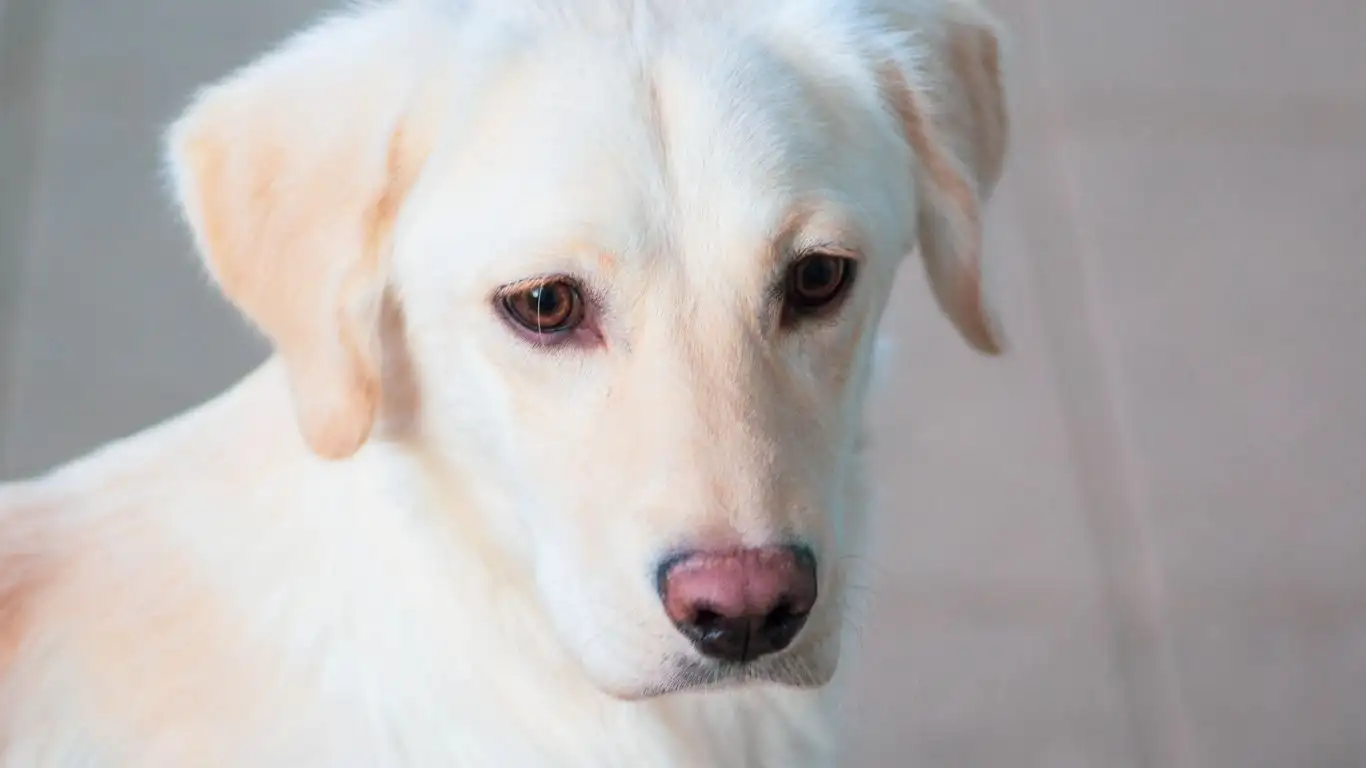
It’s Not Just About Affection
I’ve had clients tell me, “Oh, Tarra, my dog just loves me too much!” And while that’s a sweet sentiment, licking isn’t always about love. Sure, it can be a sign of affection, but dogs also lick to explore, soothe themselves, or grab your attention. Just like a toddler might tug on your sleeve, your pup may be trying to say, “Hey, look at me!”
Common Causes of Excessive Licking
- Anxiety or stress: Dogs often lick to calm themselves, especially in high-stress environments or when they’re left alone too long.
- Boredom: When a dog doesn’t have enough mental or physical stimulation, they might resort to repetitive behaviors like licking.
- Medical issues: Skin irritations, allergies, dental pain, or GI discomfort can all prompt compulsive licking.
- Reinforcement from humans: If licking always earns them attention—even if it’s “No!”—they might keep doing it just to get a response.
My Personal Experience with a Golden Named Lucy
Lucy was one of my earliest therapy dogs, a sweet golden retriever who could melt your heart with a single look. But boy, was she a licker. Her favorite targets? Visitors’ hands and her own front paws. After ruling out any health issues with her vet, we dove into training. What helped most was redirecting her focus—more on that below. But what I want you to know is, if your dog is a chronic licker, you’re not failing them. There’s always a root cause—and a solution.
Step-by-Step: How to Train a Dog to Stop Excessive Licking
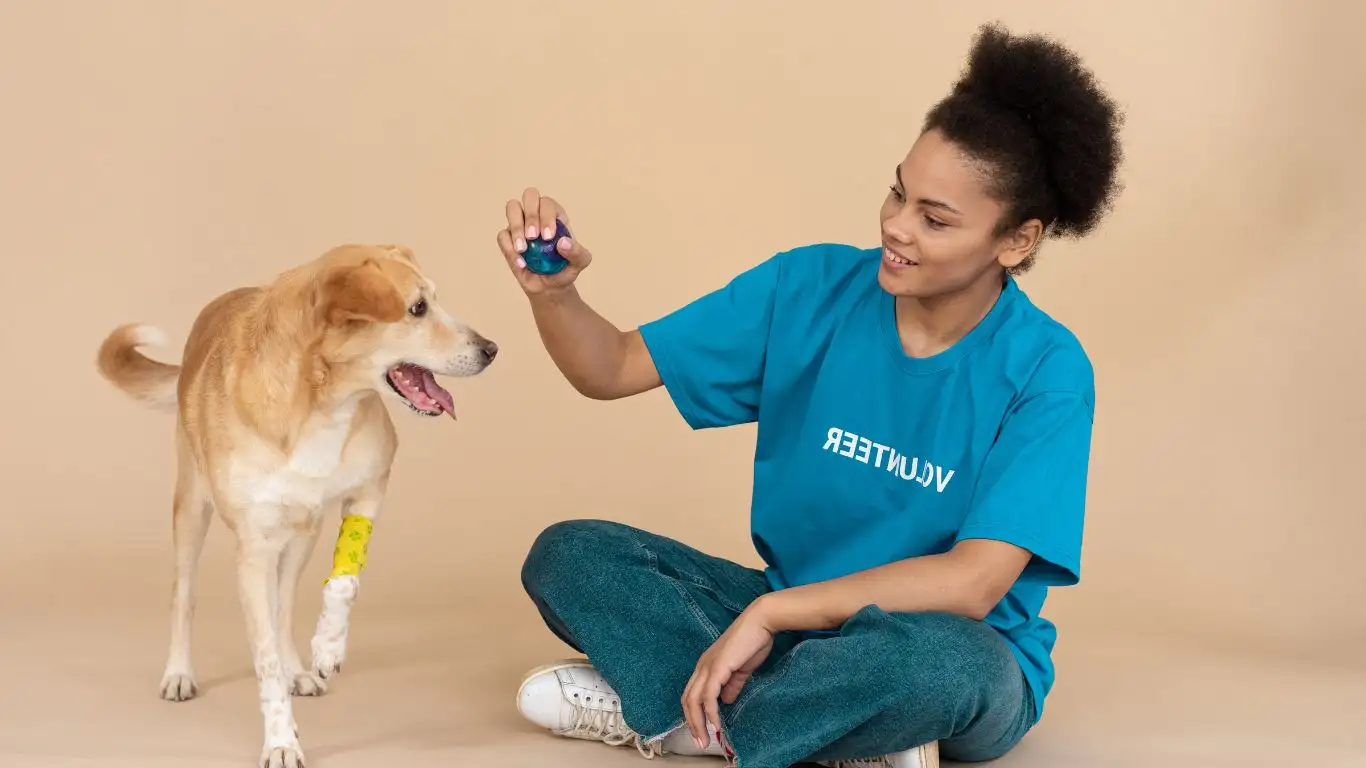
1. Rule Out Medical Issues First
Before diving into training, schedule a vet check. You want to be absolutely sure there’s no underlying condition like a skin infection, parasites, or even a dental issue. A lot of times, I’ve had clients come to me ready to train away a behavior that was actually rooted in pain or irritation.
2. Interrupt and Redirect
When Lucy started licking her paws, I gently interrupted her with a click or a verbal marker—“Uh uh!”—and immediately redirected her to a toy or a puzzle feeder. The idea is not to scold, but to offer a better option. Over time, she learned that licking led to play or mental stimulation, which she actually preferred once it was introduced the right way.
- Catch it early: Timing is everything. Interrupt the licking as soon as it starts.
- Provide an alternative: Have a chew toy or calming mat nearby for redirection.
- Reward the calm: When your dog engages with the toy instead of licking, reinforce that behavior with praise or treats.
3. Increase Physical and Mental Exercise
You’d be amazed how many behavioral issues fade when a dog’s physical and mental needs are fully met. I always say, “A tired dog is a good dog,” and it’s not just a cliché. Try rotating enrichment activities like:
- Snuffle mats and treat puzzles
- Interactive games like hide-and-seek
- Structured walks with training stops (sit, stay, heel)
- New tricks or scent work drills
One of my regular clients started doing daily “sniffaris” with their Boxer—basically long, meandering walks where the dog was allowed to explore with their nose. The licking stopped in less than a week. It’s all about redirecting that energy in a healthy way.
4. Teach the “Leave It” Command
This one’s a staple in my training toolbox. Teaching your dog to “leave it” gives you a way to stop unwanted behaviors—licking included—on cue. Here’s a quick breakdown:
- Hold a treat in your closed fist and let your dog sniff it.
- When they stop trying to get it (no licking, pawing, or nosing), mark it with “Yes!” and give them a treat from your other hand.
- Repeat until they back off the treat immediately. Then, add the cue “Leave it.”
Once your dog understands the command, use it the moment they go in for a lick. Then reward with an alternative behavior like a sit or a toy.
The Role of Consistency and Family Involvement
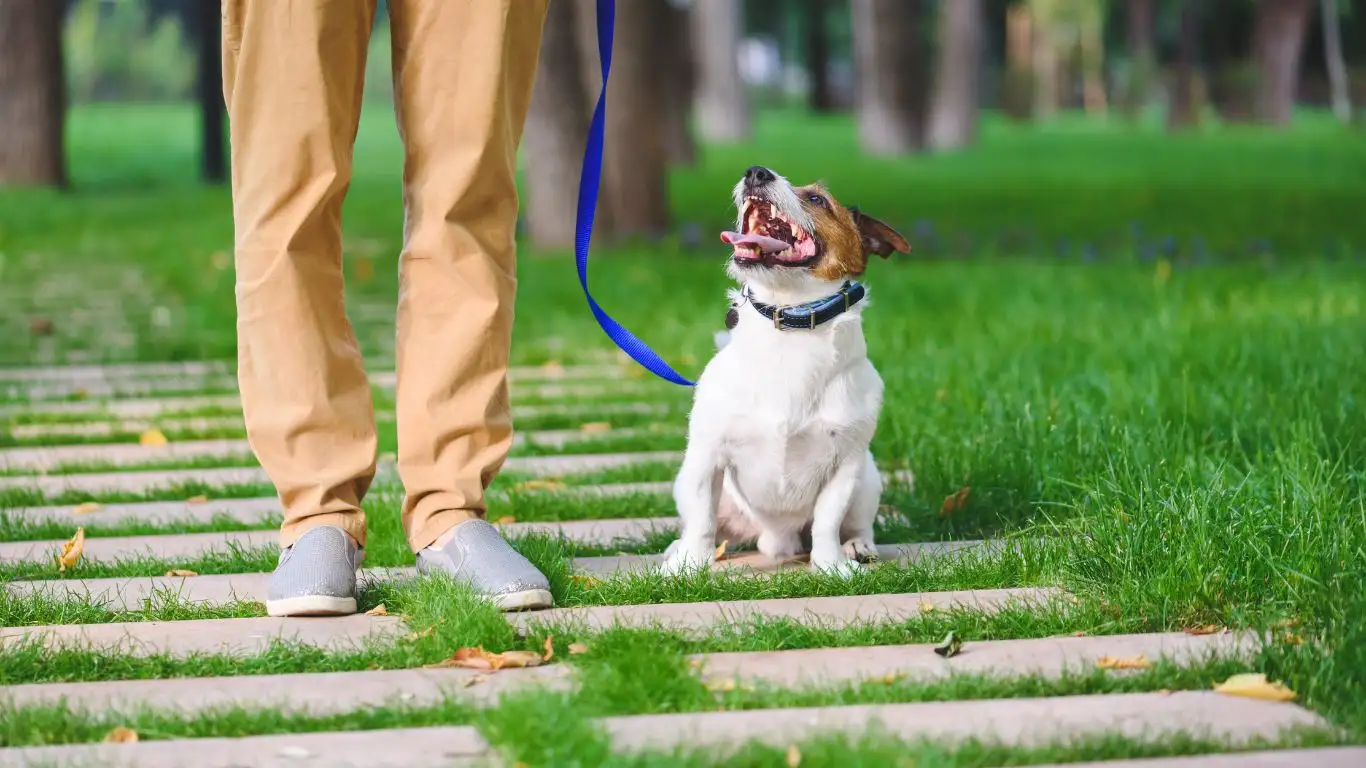
Make Sure Everyone’s on the Same Page
I can’t stress this enough. Dogs thrive on consistency. If one family member is correcting licking while another is letting it slide (or worse, laughing and encouraging it), your dog’s going to get mixed messages. I recommend having a quick family meeting to set some ground rules and agree on cues, rewards, and consequences. This is something I walk all my clients through in early training sessions.
And hey, training should be fun. Celebrate the little wins, laugh through the mistakes, and remember—your dog isn’t being “bad,” they’re just communicating the best way they know how. It’s our job to help them learn a new language.
Using Positive Reinforcement to Modify Licking Behavior
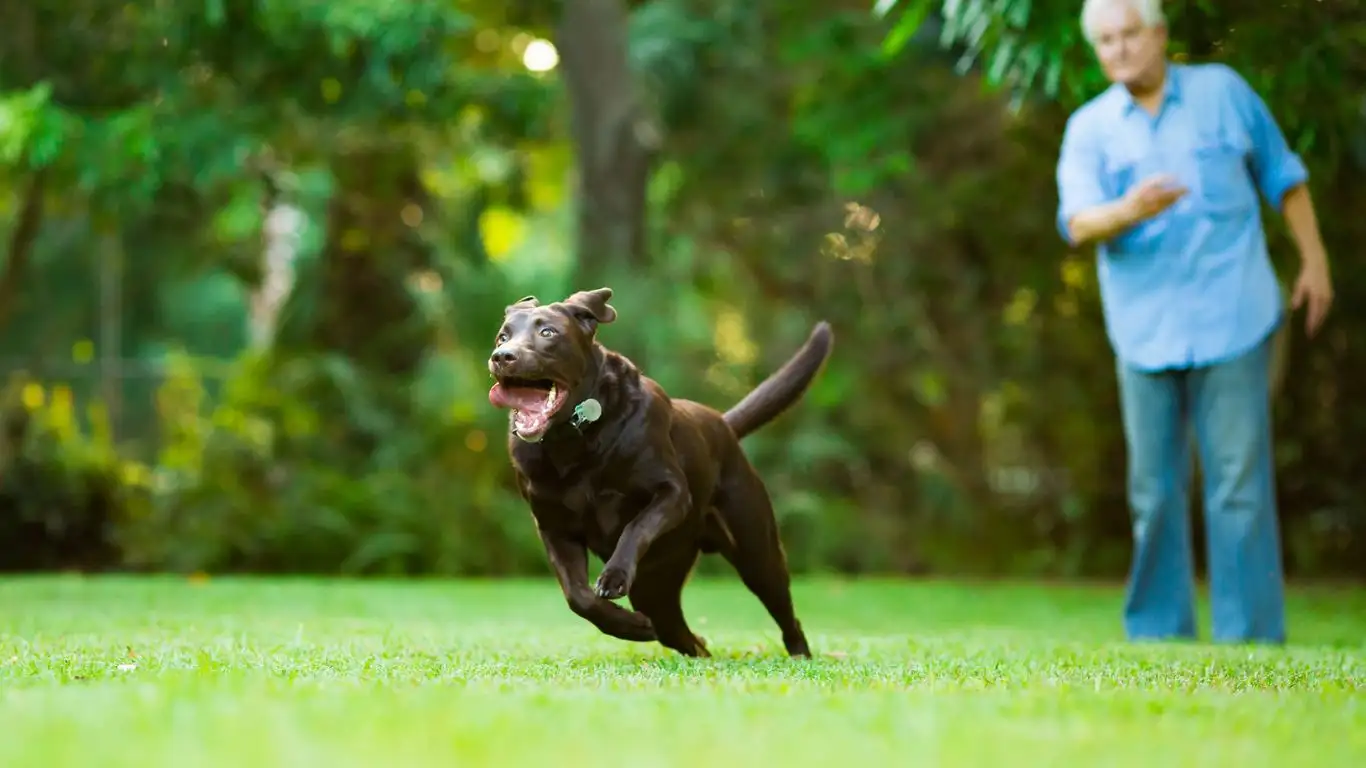
Why Rewards Work Better Than Punishment
When you’re figuring out how to train a dog to stop excessive licking, it’s super tempting to just say “No!” every time it happens. But trust me—as someone who’s trained dogs in therapy settings for years—that’s not the most effective approach. Dogs don’t respond well to punishment when they don’t understand what they’re doing wrong. What works better? Rewarding the behavior you *do* want to see.
Let me give you an example. One of my clients had a rescue named Juno—a lovable Labrador mix who just couldn’t stop licking visitors. The moment someone sat down, Juno was all over them like peanut butter on toast. Instead of scolding her, we started rewarding calm behavior. Every time she stayed on her mat when a guest came in, she got a treat. We even added a cue—“Go to your spot”—to make it more structured. Within a couple weeks, Juno was choosing her mat over mouthy greetings.
Quick Tips for Rewarding Calm Behavior
- Keep treats handy: Stash treat jars or pouches in the rooms where licking tends to happen most.
- Catch calm moments: Don’t wait for licking to start. Reinforce when your dog is already calm and quiet.
- Use praise generously: Some dogs respond even better to “Good boy!” or belly rubs than food.
Remember, positive reinforcement isn’t about ignoring the bad—it’s about flipping the focus to the good. It’s like doggy psychology 101, and it works wonders when used consistently.
Building Impulse Control Through Games and Training
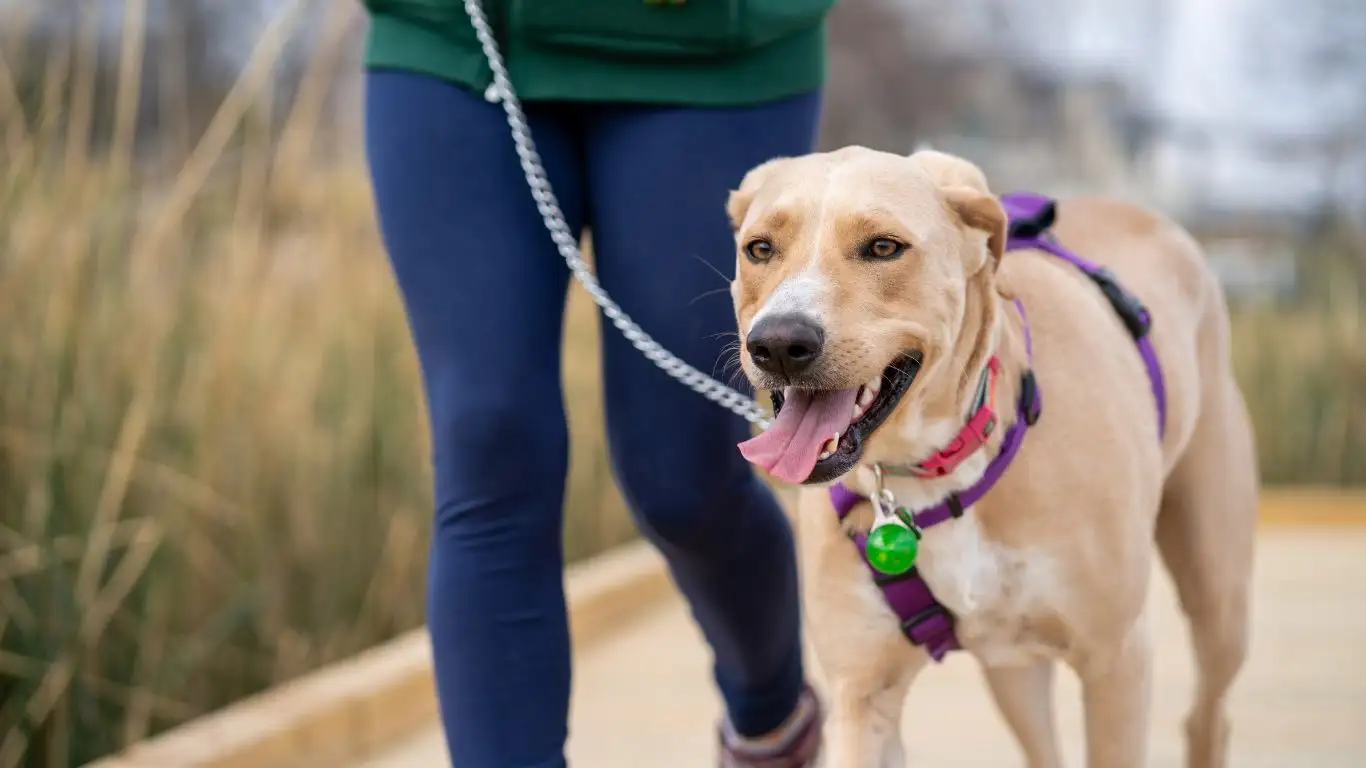
Why Impulse Control Matters
Excessive licking often stems from poor impulse control. Your dog might *know* they’re not supposed to lick—but their little doggy brain says, “Do it anyway!” That’s where structured games come in. One of my favorite parts of working with therapy dogs is teaching them how to pause, wait, and make better choices—even when they’re excited.
Try These Impulse Control Games
- The Name Game: Teach your dog to look at you when you say their name. This redirects focus quickly when licking starts.
- Wait at the Door: Practice having your dog sit and wait before going outside. It teaches patience and control.
- It’s Yer Choice: This game uses an open hand full of treats. Your dog only gets the treat when they stop licking or pawing and wait calmly. It’s surprisingly powerful.
I used this last one with a German Shepherd named Rex. He was a sweetheart but would lick nonstop if he thought you had food. “It’s Yer Choice” helped him understand that self-control—not pushiness—got him the reward. He ended up being one of my most polite therapy dogs.
Environmental Management: Setting Your Dog Up for Success
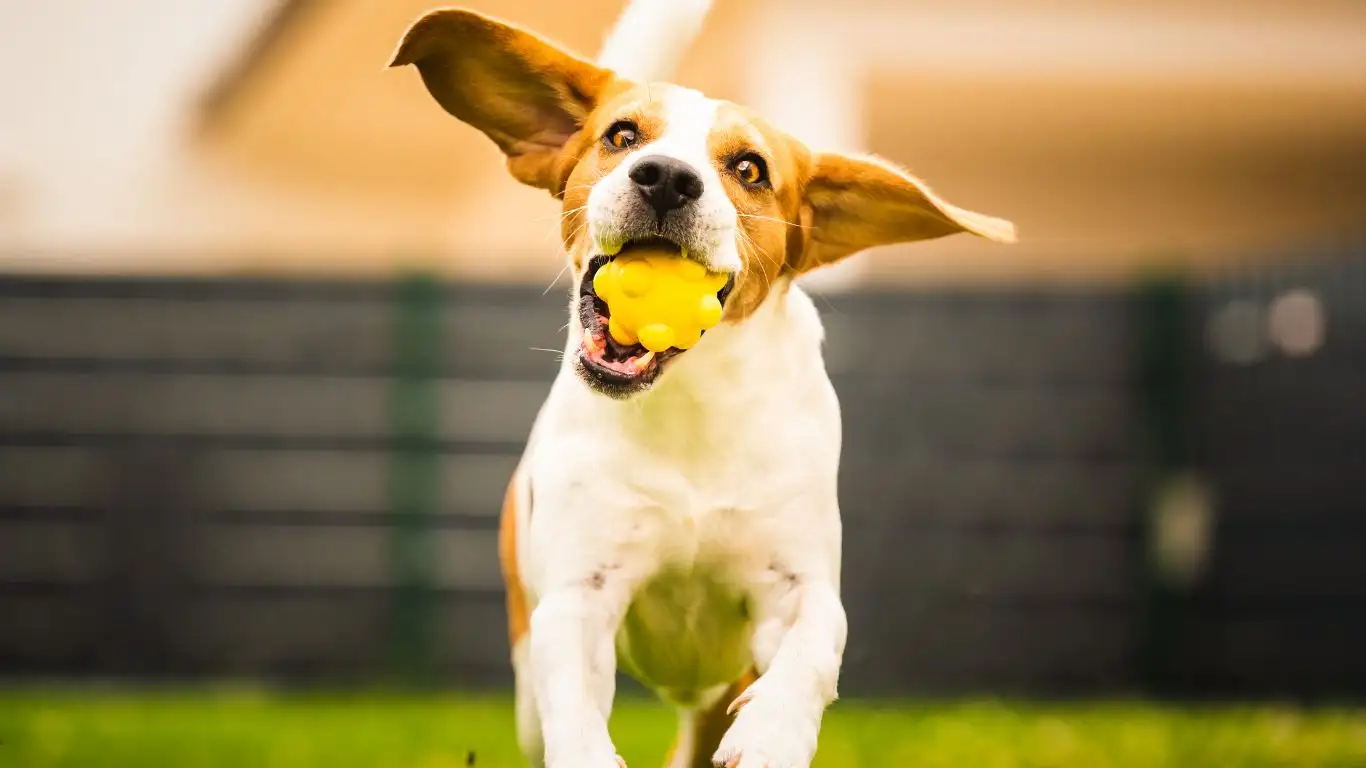
Sometimes the Setup Is Half the Battle
Let’s be real—dogs don’t always make the best choices when their environment is chaotic. If you’re struggling with licking, take a look at what might be triggering it. Is your dog overstimulated by guests? Are they left alone too long? Is there a lot of shouting or tension in the home? These things matter more than we sometimes realize.
When I worked with a young Husky named Mika, her licking was always worst right after school when the kids came barreling in. We added a baby gate to give her space, and had the kids toss her treats for staying calm. Problem solved. Sometimes it’s just a matter of creating a calmer environment that gives your dog a chance to succeed.
Ideas for Managing the Environment
- Use baby gates or pens: These create boundaries during high-energy moments like parties or after-school chaos.
- Create a “chill zone”: Set up a cozy corner with their bed, a favorite toy, and maybe some calming music or a pheromone diffuser.
- Keep greetings low-key: Teach visitors to ignore your dog for the first few minutes until they settle.
Understanding Your Dog’s Body Language
What Your Dog Is Trying to Tell You
One big piece of the puzzle is learning how to read your dog’s signals. Not all licking is created equal. Is it frantic? Gentle? Focused on one area? Paying attention to *when* and *how* your dog licks can help you get to the root of it faster.
For example, I once worked with a spaniel named Benny who licked his front legs obsessively after walks. At first, the family thought it was just a weird habit. But when we looked closer, we realized he was overwhelmed by all the street noise. We started doing shorter, quieter walks, added a calming vest, and—boom—less licking within days.
Key Body Language Clues
- Yawning or lip licking: Signs of anxiety, not tiredness.
- Whale eyes (showing the whites): Another stress indicator.
- Stiff body and intense focus before licking: Could point to compulsive behavior.
Learning to read these signals is something I always walk my clients through. Once you tune into what your dog’s trying to say, the path to changing the behavior becomes so much clearer.
When to Call in a Professional
Don’t Wait Too Long
If you’ve tried all the training, checked for medical issues, and made environmental changes—and the licking still hasn’t improved—it might be time to bring in a pro. As a trainer, I can’t tell you how often clients tell me, “I wish I’d called you sooner.” No shame in that. Some licking behaviors are rooted in deeper anxiety or even OCD-like patterns. A qualified dog behaviorist or positive reinforcement trainer can help get to the bottom of it.
Just make sure whoever you work with uses science-based, fear-free methods. There’s still a lot of outdated advice floating around, and punishing a dog for licking can actually make anxiety-based behavior worse. I always recommend trainers certified through organizations like CPDT-KA or Fear Free Pets.
And hey, I’m always here to answer questions too. I genuinely love helping dogs and their humans build stronger, happier relationships. It’s why I do what I do.
Consistency is Key: Sticking With the Training
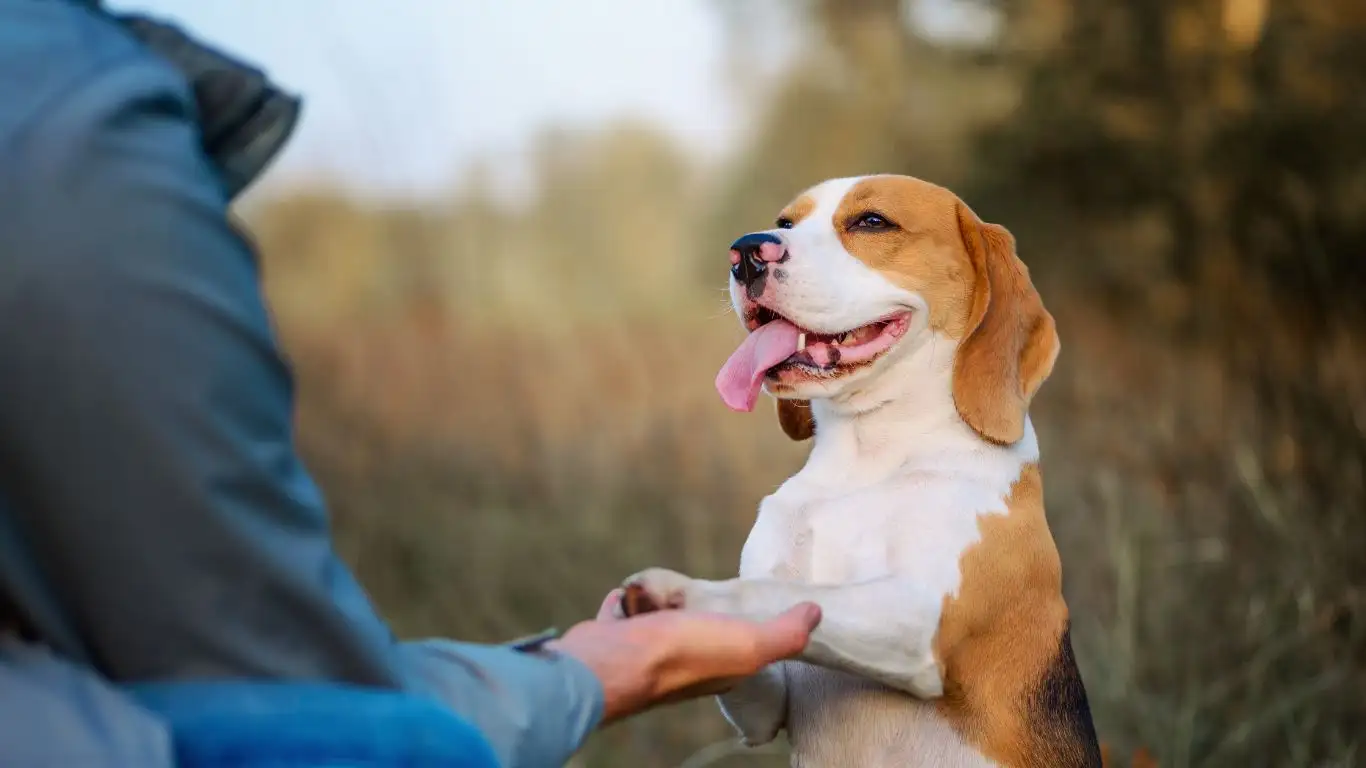
Don’t Expect Overnight Results
Here’s the real talk part—training your dog to stop excessive licking isn’t a one-and-done deal. It takes time, patience, and most of all, consistency. I’ve had clients make great progress for a week or two, then slack off a little… and boom, the licking creeps back in. Just like with humans trying to break a habit (looking at you, late-night snackers), dogs need ongoing structure to stay on track.
One family I worked with had a very enthusiastic pit mix named Rosco. They were doing everything right—but only when they remembered. Once we created a simple weekly plan with short daily training check-ins and clear expectations for every family member, things clicked into place. Rosco finally got the message that licking wasn’t how he got attention anymore. Instead, calm behavior opened all the right doors.
Creating a Simple Training Routine
- Daily Check-ins: Practice your “leave it” or redirection technique in short 5-minute sessions.
- Weekly Progress Notes: Keep a little journal or use your phone to track how often licking happens and what triggered it.
- Adjust When Needed: If licking spikes again, go back to basics. Reintroduce impulse control games and reinforce calm moments more often.
Training is a journey, not a sprint. But I promise you—it’s worth it. You’ll not only reduce the licking, but you’ll also build a better bond with your dog in the process.
Natural Calming Aids to Support Training
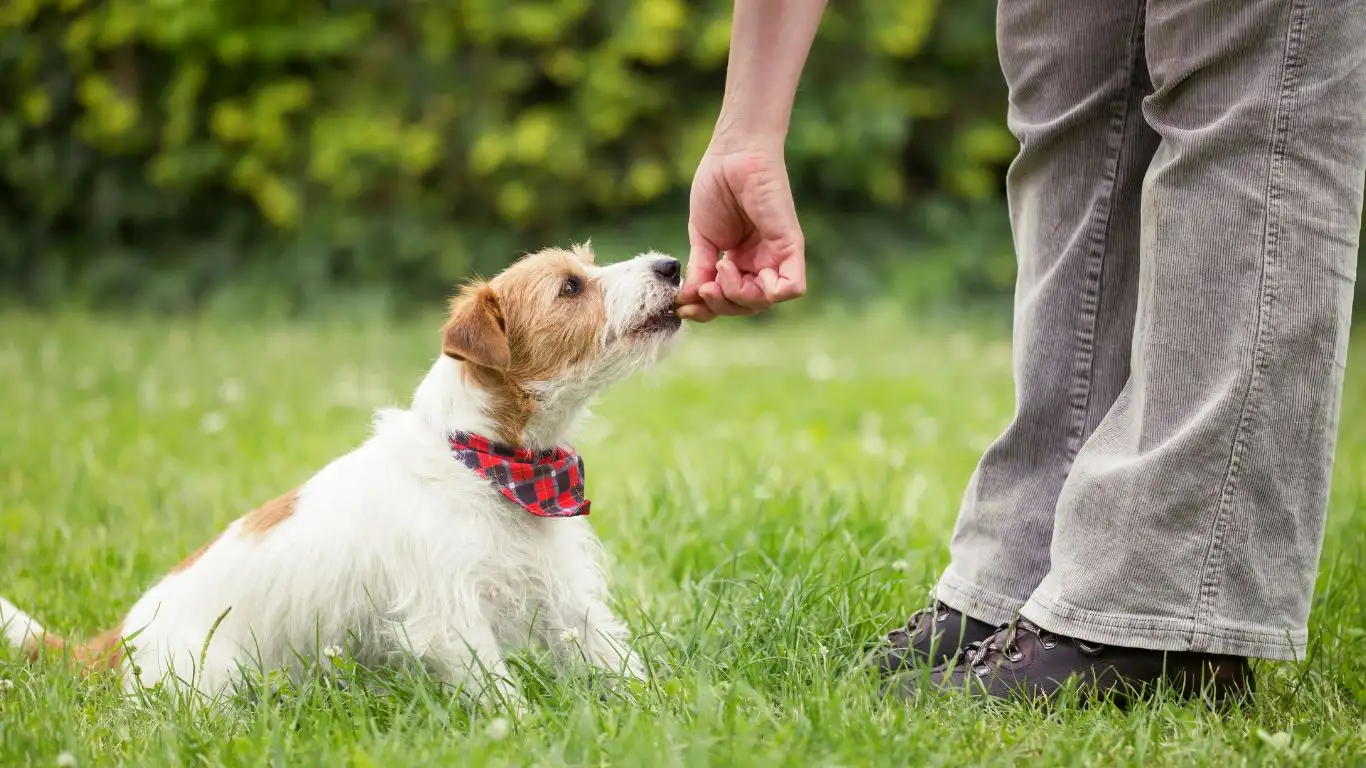
Sometimes a Little Extra Help Goes a Long Way
If your dog’s licking is tied to anxiety—and let’s face it, that’s super common—adding some natural calming support can really help speed things along. I’m not saying go straight to meds (though in severe cases, a vet might suggest that), but there are plenty of gentle, holistic options out there that I’ve used with great results.
Some of My Go-To Calming Tools
- Adaptil diffusers: These release dog-appeasing pheromones that mimic what mama dogs produce for their pups. Totally safe and often very effective.
- Calming chews: Look for ones with ingredients like L-theanine, melatonin, or chamomile. Always double-check the brand’s reputation before buying.
- Thundershirts: These snug-fitting vests apply gentle pressure, which can be super comforting during stress-triggering moments.
I had a little Bichon Frise named Daisy who would lick herself raw during thunderstorms. We used a Thundershirt and paired it with a treat-stuffed toy during storms. Over time, she started associating thunder with chew time—not stress.
Just remember—calming aids are supports, not stand-alone fixes. They work best when paired with consistent training and environmental changes.
Reinforcing Trust and Communication
The Heart of the Matter
At the end of the day, this whole process is about strengthening the connection between you and your dog. Licking, while annoying at times, is still a form of communication. When you address it with patience, clarity, and compassion, you’re not just changing a behavior—you’re deepening trust.
I always encourage clients to treat these moments as chances to learn more about their dogs. What makes them anxious? What helps them feel safe? What brings out their best behavior? The answers to those questions can totally transform your approach—not just to licking, but to every other training challenge down the road.
Tips for Long-Term Success
- Keep it positive: Dogs respond best when they feel safe and encouraged. Ditch the “alpha” mindset—build cooperation, not control.
- Be a calm leader: Your dog mirrors your energy. The more relaxed and grounded you are, the easier it is for them to stay calm too.
- Celebrate wins: Even tiny progress is still progress. Reinforce the good and keep moving forward.
Useful Resources and Where to Learn More
Recommended Reading and Sites
For those of you who want to dive deeper into dog behavior and gentle training strategies, here are a few trustworthy places to start:
- American Kennel Club (AKC) – Great for breed-specific info and training basics.
- PetMD – Helpful articles on behavioral and medical causes of licking.
- Fear Free Happy Homes – Full of tips for stress-free training and animal care.
- Health.com – For understanding the human-animal bond and stress connection.
- NIH – Scientific studies on pet therapy and animal behavior science.
When in Doubt, Ask for Help
One thing I’ve learned over the years is that the most successful pet parents are the ones who ask questions, stay curious, and keep learning. So whether it’s reaching out to a trainer like me, connecting with your vet, or joining a local dog training group—don’t go it alone. You’ve got options, and your dog deserves the best version of you.
Final Thoughts
Excessive licking might start as a quirky habit, but left unchecked, it can spiral into something more serious. The good news? You’ve got the tools now. By understanding your dog’s triggers, reinforcing calm behaviors, and staying consistent with training, you can absolutely turn things around. I’ve seen it happen time and time again in my work with therapy dogs—and I know it can happen for you too.
So next time that wet tongue heads your way? Take a breath, redirect with love, and keep building the bond. You’ve got this, and your pup is lucky to have you in their corner.
Disclaimer: This article is for informational purposes only and does not replace professional veterinary advice. If your dog’s licking seems obsessive, is causing injury, or could be related to a medical issue, consult your veterinarian or a certified behaviorist before beginning any training program.
